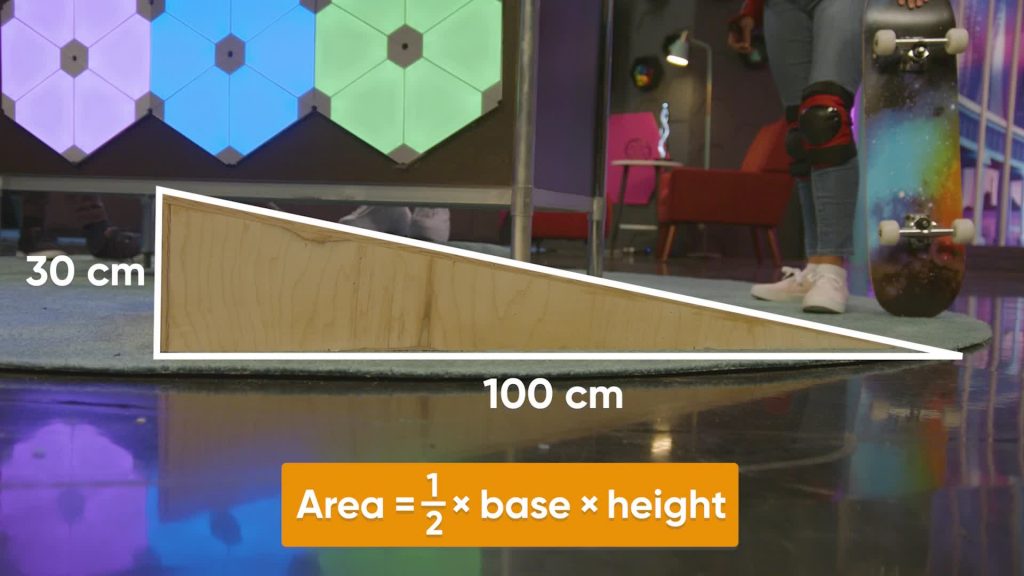
A polygon is a closed shape with straight sides. You can use the area of a rectangle to find the area of other polygons. Decompose (break apart) polygons into other shapes to find the area.
To better understand the area of polygons…
LET’S BREAK IT DOWN!
Review the area of a rectangle.
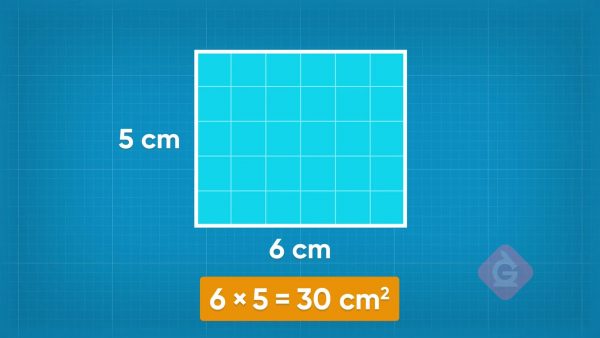
Area is the space inside a 2D shape. We measure area in square units. You know that the area of a rectangle is its length multiplied by its width. For example, a rectangle that is 6 cm wide and 5 cm long has area 5 × 6 = 30 square centimeters. You can use the area of a rectangle to find the area of other polygons.
Find the area of a triangle on a skateboard ramp.
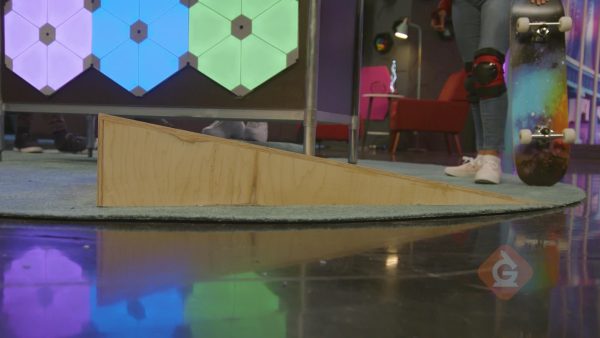
The side of a skateboard ramp is in the shape of a right triangle. A right triangle has one angle that is 90 degrees. You can make a right triangle by taking a rectangle and dividing it along the diagonal. One rectangle makes 2 right triangles with equal area. A 10 cm by 5 cm rectangle has area 50 cm2. Divide the rectangle along to diagonal to make 2 right triangles that have base and height 10 cm and 5 cm. The area is half of 50, or 25 cm2. The area of a triangle is [ggfrac]1/2[/ggfrac] × base × height. The triangle of the skateboard ramp has base 100 cm and height 30 cm. The area is [ggfrac]1/2[/ggfrac]×100×30 = 1,500 cm2.
Find the area of polygons in blueprints.
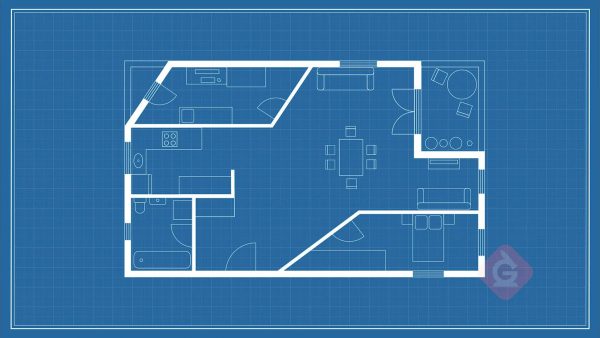
A blueprint is a 2D plan that shows the walls of a building. A blueprint you have has a room in the shape of a trapezoid and a room in the shape of a parallelogram. You need to find the area of these rooms to estimate how much flooring to buy. You can decompose polygons into triangles and rectangles to find their area. The trapezoid shape can be divided into one rectangle and one right triangle. The rectangle is 6 meters by 3 meters, so the area is 6 × 3 = 18 m2. The triangle has base 4 meters and height 3 meters, so the area is [ggfrac]1/2[/ggfrac]×4×3 = 6 m2. The total area is 18 + 6 = 24 m2. The parallelogram can be divided into one rectangle and two right triangles. The rectangle has area 5 × 3 = 15 m2. Each triangle has area [ggfrac]1/2[/ggfrac]×3×2 = 3 m2. So, the total area is 15 + 3 + 3 = 21 m2.
Draw polygons on a coordinate plane.
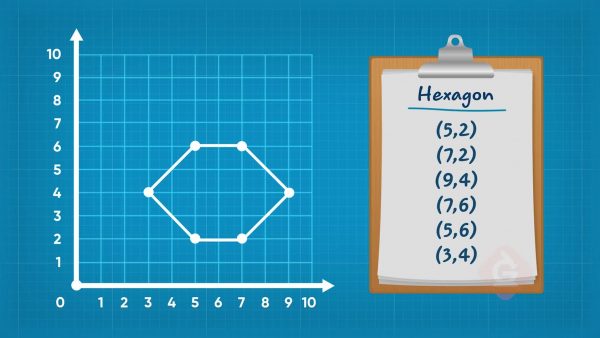
You can plot points on a coordinate plane. A coordinate plane has two axes: the x-axis and the y-axis. A coordinate pair tells you where to plot a point on each axis. The point (8, 5) has x-coordinate 8 and y-coordinate 5. So, you should plot the point 8 units right on the x-axis and 5 units up the y-axis. You can plot points to help you design a video game. To draw a hexagon, you need to plot each point of the shape. To plot the point (5, 2), for example, go right on the x-axis 5 units then go up 2 units. After plotting all of the points, you can draw lines to connect the dots and make the shape.
Find the area of shapes on a coordinate plane.
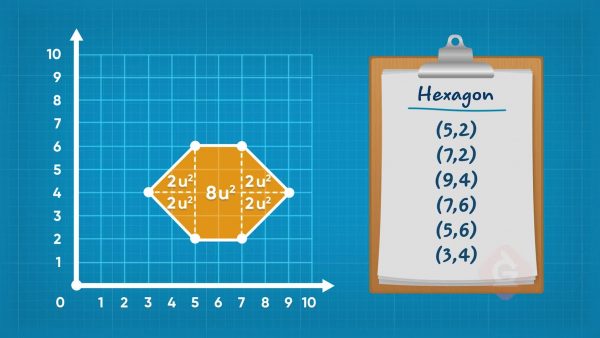
You can find the area of shapes you plot on a coordinate plane. You have a hexagon plotted on the coordinate plane. It has 6 straight sides, and you can divide this hexagon into one rectangle and four right triangles. The area of the rectangle is 5 × 2 = 8 square units. All four triangles have the same area: [ggfrac]1/2[/ggfrac]×2×2 = 2. The total area is 8 + 2 + 2 + 2 + 2 = 16 square units.
There are many careers that use area.
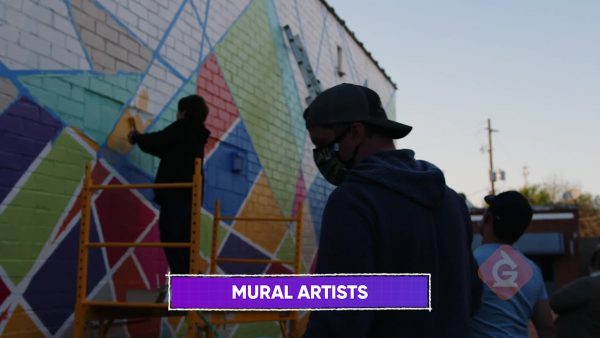
Wildlife ecologists are scientists who study animals and how they interact in the wild. It is important to know how much area animals have, to ensure they have what they need. Aerospace engineers calculate the area of designs they make, like the shapes needed to build an airplane. Mural artists use area to plan how to construct their paintings.
AREA OF POLYGONS VOCABULARY
AREA OF POLYGONS DISCUSSION QUESTIONS
How is the area of a right triangle related to the area of a rectangle?
How is the area of a parallelogram related to the area of a rectangle?
How can you find the area of a polygon?
How do you plot points on a coordinate plane to make a polygon?
How does finding the area of a polygon on a coordinate grid compare to finding the area of a polygon drawn off of a grid?
Skip, I will use a 3 day free trial
Enjoy your free 30 days trial
We use cookies to make your experience with this site better. By using this site you agree to our use of cookies. Click "Decline" to delete and block any non-essential cookies for this site on this specific property, device, and browser. Please read our privacy policy for more information on the cookies we use.Learn More
We use cookies to improve your experience. By using this site, you agree to our use of cookies. Click "Decline" to block non-essential cookies. See our privacy policy for details.Learn More






